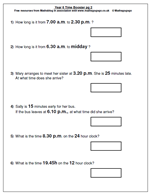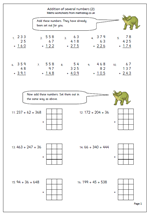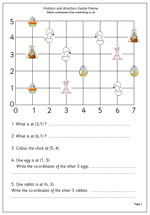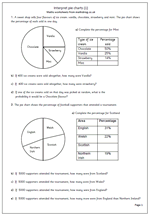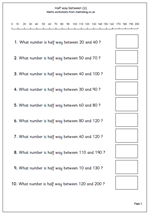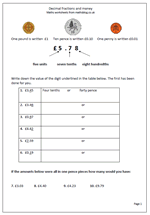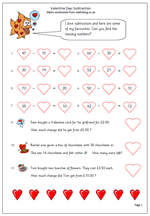With SATs just a couple of weeks away now is the time of year that schools intensify their year 6 revision.. The types of question that come up are fairly predictable and follow a similar layout each year. It is well worthwhile, therefore, to let your children have a practice at the style of questions they are likely to come across on the test.
We have a good selection of SAT questions which can be printed free of charge, including pages on:
writing numbers
making mathematical statements true
completing number sentences
number problems
time problems
symmetry
